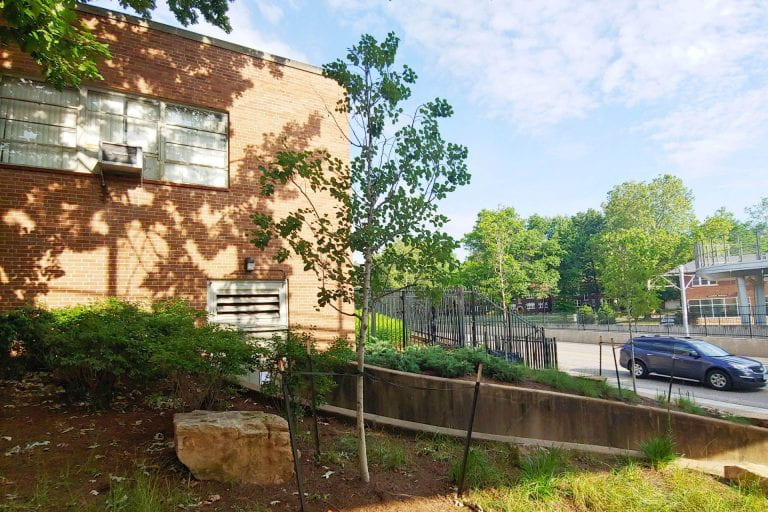
Quaking Aspen
Arbor walk #109, TreeKeeper ID #5736
The Quaking Aspen gets its name due to its trembling leaves, which are caused by the tree’s flattened, flexible petioles. This tree is in the Salicaceae (Willow) family and is native to Missouri; it is also recognized as having the widest geographical distribution of any tree in North America.
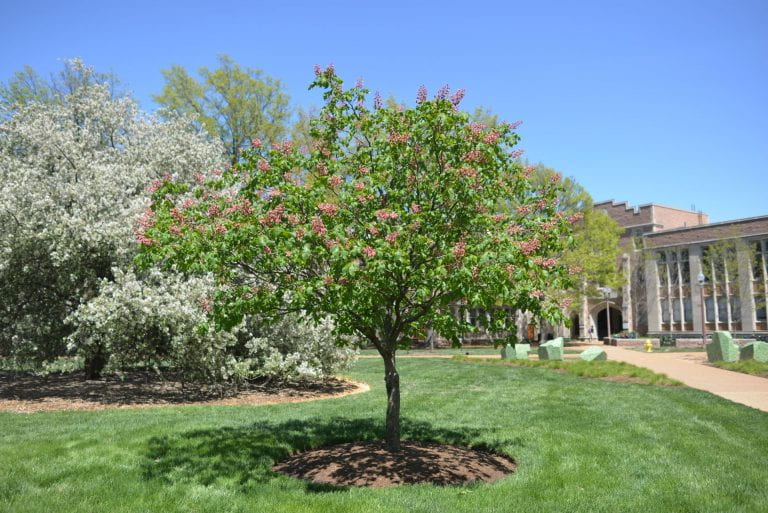
Red Horsechestnut
Arbor Walk #27, TreeKeeper ID #1622
The Red Horsechestnut is a hybrid between the European Aesculus hippocastanum (Horsechestnut) and the North American A. pavia (Red Buckeye). This small deciduous tree grows on average to medium moist well drained soil, in full to part sun.
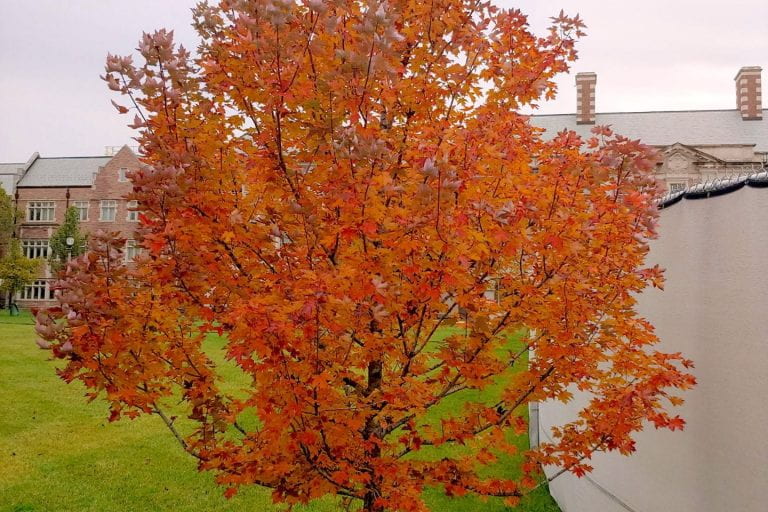
Red Maple
Arbor Walk #102, TreeKeeper ID #5818
The REDPOINTE is a cultivar of the Red Maple species, which is native to areas in Eastern North America. It’s a large deciduous tree known primarily for its bright red leaf color that can only be described as brilliant during the fall. The flowers, seeds, and twigs on the tree also have red color spread throughout.
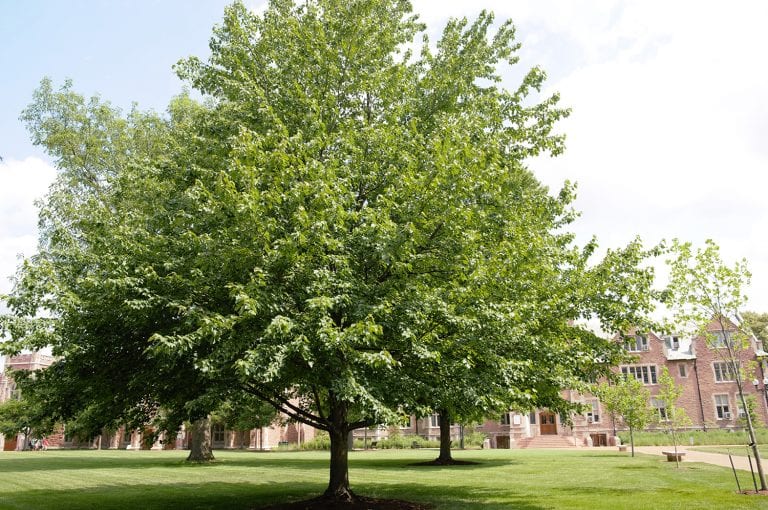
Red Maple
Arbor Walk #9, TreeKeeper ID #1875
This is a large, native, shade tree and its reddish fall color is one of its most dramatic features. The flowers, seeds, and twigs on the Red Maple also have red color spread throughout.
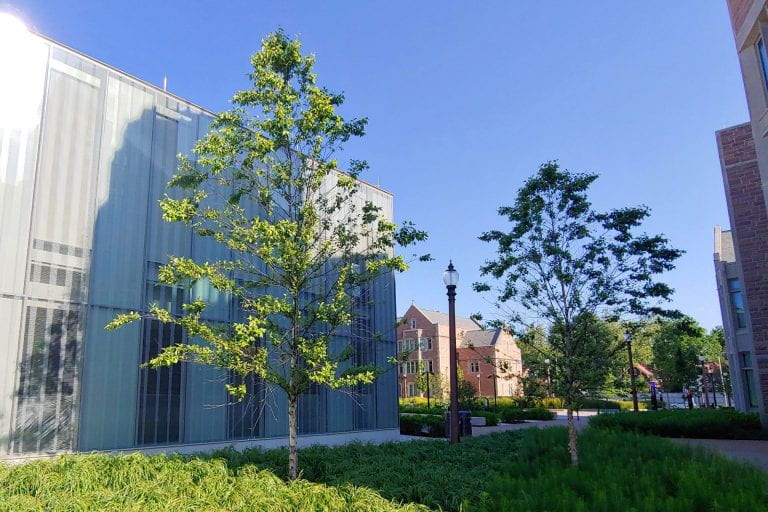
River Birch
Arbor walk #93, TreeKeeper ID #5649
A tree native to the Eastern and Midwestern United States, River Birch is also known as black birch. As a relatively heat resistant tree in the birch family, the river birch tree’s distribution extends further south than most other birch trees.
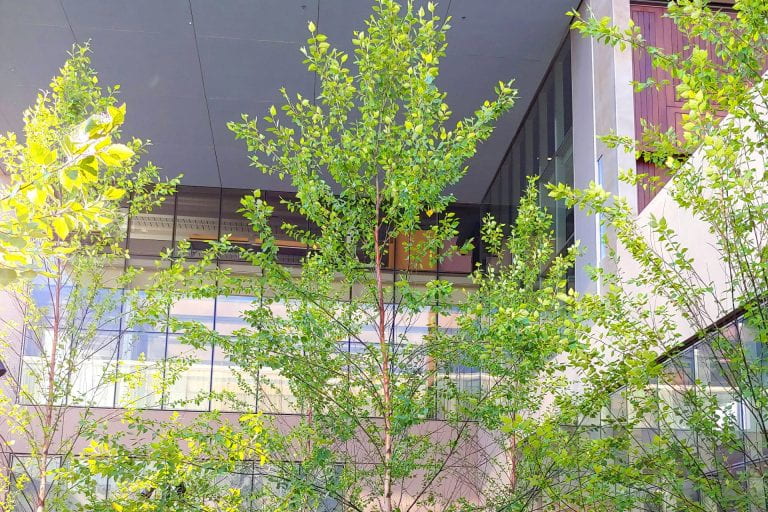
River Birch
Arbor Walk #94, TreeKeeper ID #5861
The ‘Cully’ cultivar of the River Birch was discovered in a St. Louis, Missouri suburb and introduced by Earl Cully, a well known arborist from Illinois. The ‘Cully’ grows 40’ tall and 40’ wide.
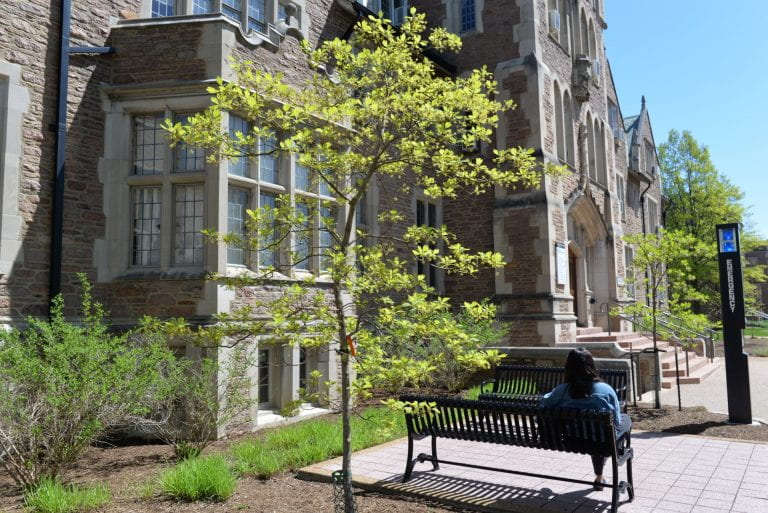
Sassafras
Arbor Walk #30, TreeKeeper ID #1531
This Missouri native tree is capable of producing clones from its sprawling root system, allowing it to create genetically identical colonies. It has leaves that emit a spicy fragrance when crushed.
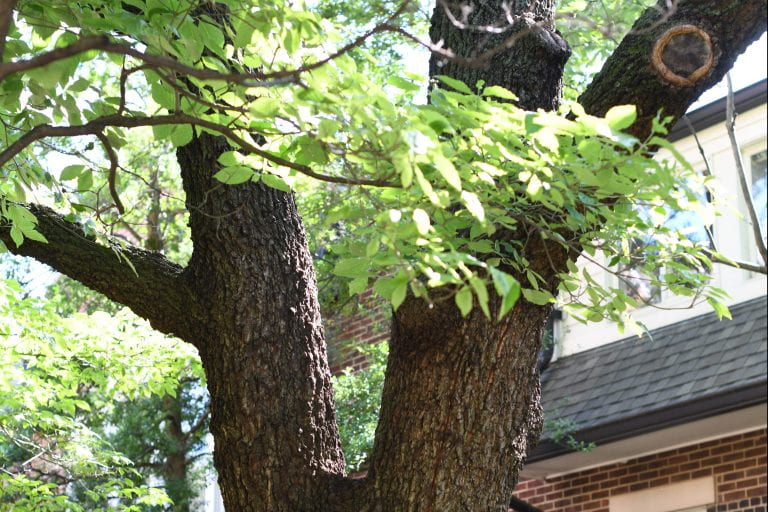
Sawtooth Oak
Arbor Walk #80, TreeKeeper ID #3239
The Sawtooth Oak is a medium sized deciduous tree, growing 40-60 feet tall with a broad-spreading, rounded crown. It is native to China, Korea and Japan and grows yellow-green flowers and oval acorns with spiny, scaly cups.
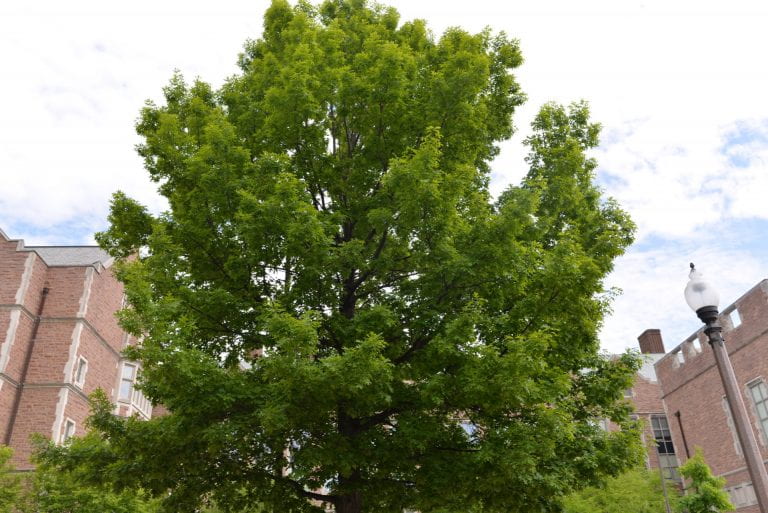
Scarlet Oak
Arbor walk #49, TreeKeeper ID #1925
Often used as a shade tree in lawns and along streets because it grows to a large size. It is native to southeastern Missouri.
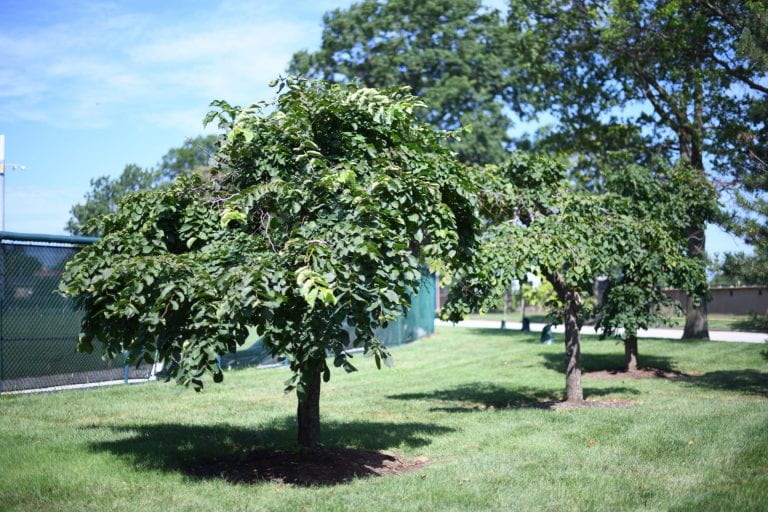
Scotch Elm
Arbor Walk #84, Treekeeper ID #3382
This cultivar of the Scotch Elm, known as the Camperdown Elm, is a large deciduous tree with a rounded crown and bowing, drooping branches. While the wild-type Scotch Elm may reach 70′-100′ in height, the Camperdown Elm will not grow above 30′ tall.
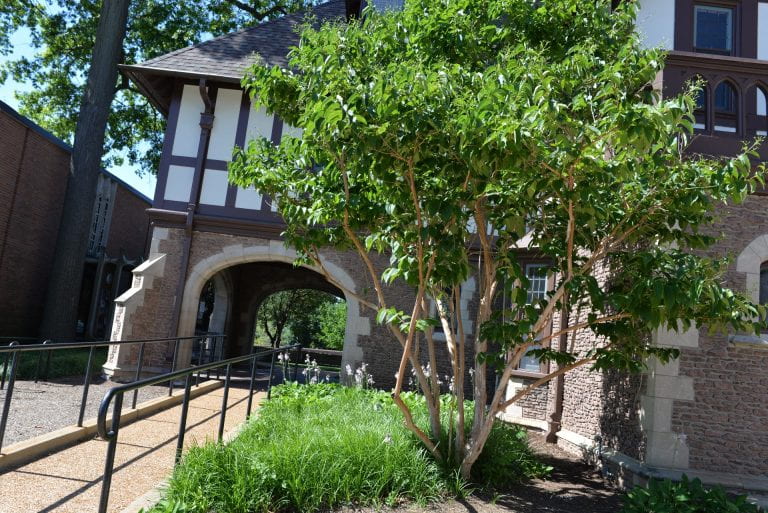
Seven-Son Flower
Arbor Walk #66, TreeKeeper ID #2585
The Seven-Son Flower is a large deciduous shrub with a fountain head that terminates in creamy white flower clusters. This plant is native to China, and provides a good source of nectar for butterflies.
Shellbark Hickory
Arbor Walk #114
The Shellbark Hickory is a member of Juglandaceae (Walnut family) that actually produces larger edible nuts than its sister species, the Pecan.
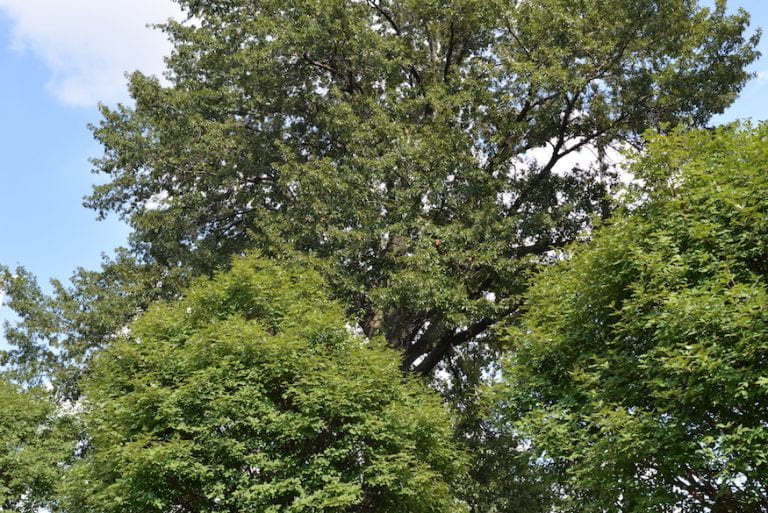
Shingle Oak
Arbor Walk #85, TreeKeeper ID #2263
This atypical oak lacks the normal lobed leaf structure seen in other oak species. Its common name derives from the fact that early settlers in the Midwest often used wood from the tree to shingle their roofs.
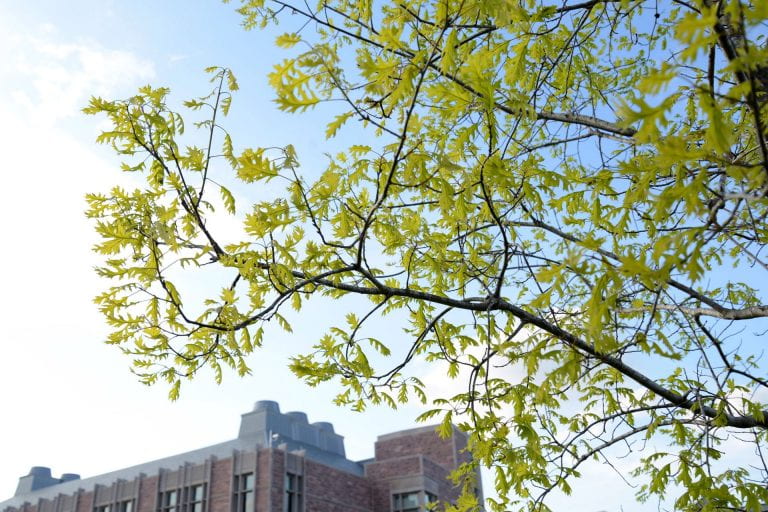
Shumard Oak
Arbor Walk #103, TreeKeeper ID #5795
Also known as the Swamp Red Oak, this large oak species is native to much of the Southeastern U.S. and the Ohio River Valley. The Shumard Oak is planted in urban areas for its tolerance in water availability and air pollution, as well as its preference for alkaline soils.
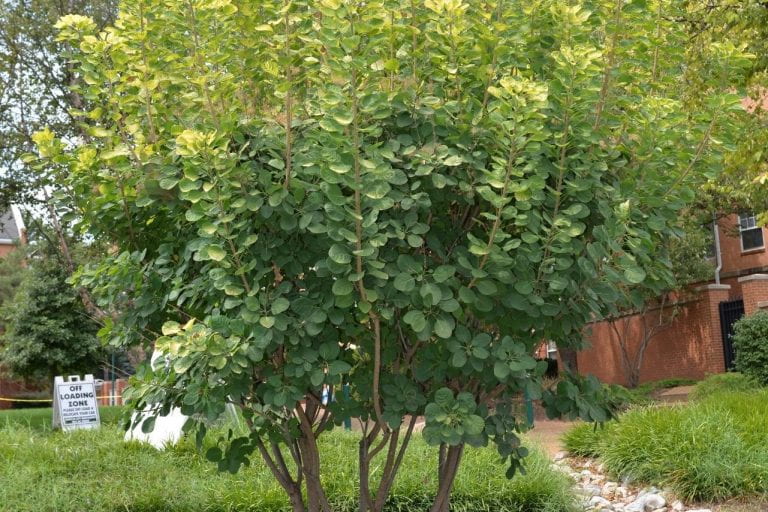
Smoke Tree
Arbor Walk #75, TreeKeeper ID #2753
This small 10-15 foot Eurasian tree is best known for the show it puts on annually; smoke trees produce pink to purple hair-like strands that emerge from its flowers each summer, appearing to be a “smoke” that covers the tree.
Southern Catalpa
Arbor Walk #115
The Southern Catalpa is a smaller relative of the Northern Catalpa, keeping the large cordate leaves and long seed capsules, but with more vivid flowers and unpleasant-smelling leaves.
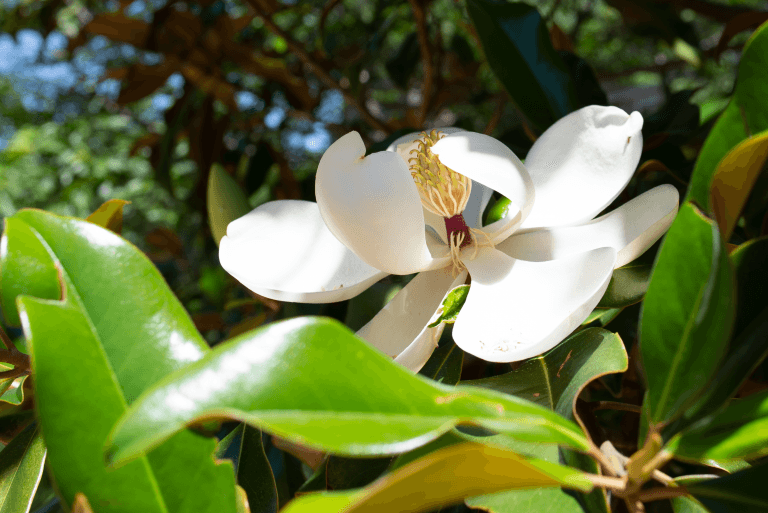
Southern Magnolia
Arbor Walk #3, TreeKeeper #2164
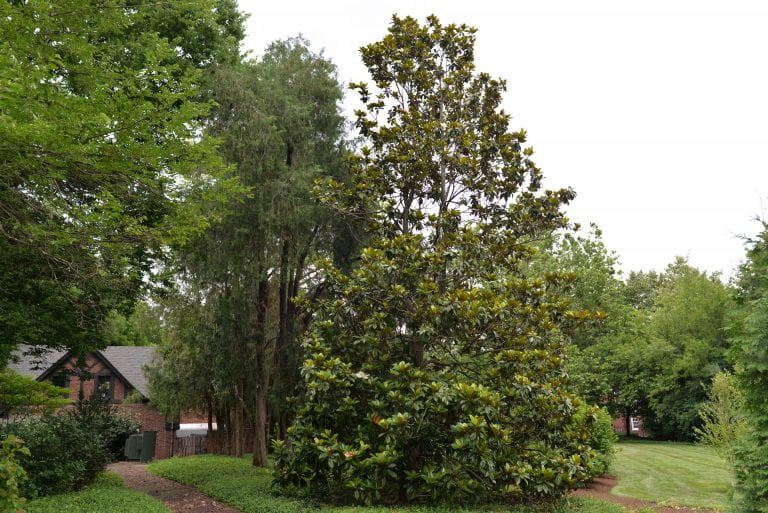
Southern Magnolia
Arbor Walk #63, TreeKeeper ID #4685
The Southern Magnolia, known for its fragrant late-springtime flowers, is one of the most characteristic native trees of the American South. The tree’s most distinctive feature is its leaves—glossy dark green on top and a soft pale green below.
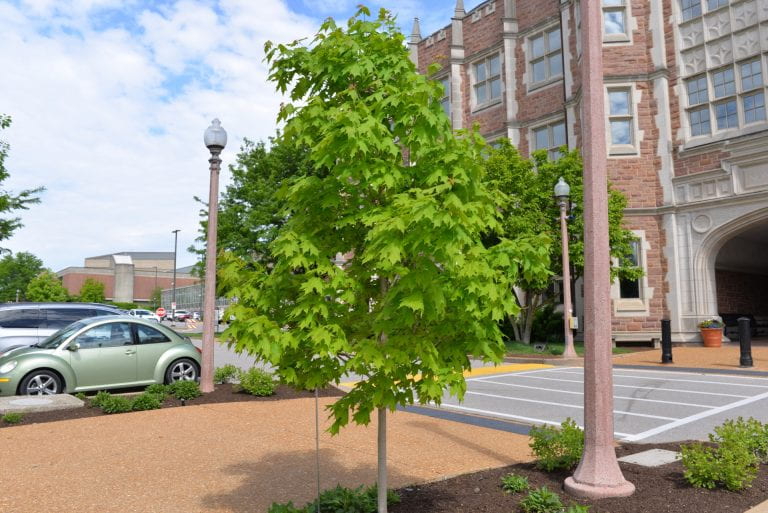
Sugar Maple
Arbor Walk #46, Treekeeper ID #2067
This iconic tree is native to much of Eastern North America, where it is a dominant component of hardwood forests from Canada to Missouri.
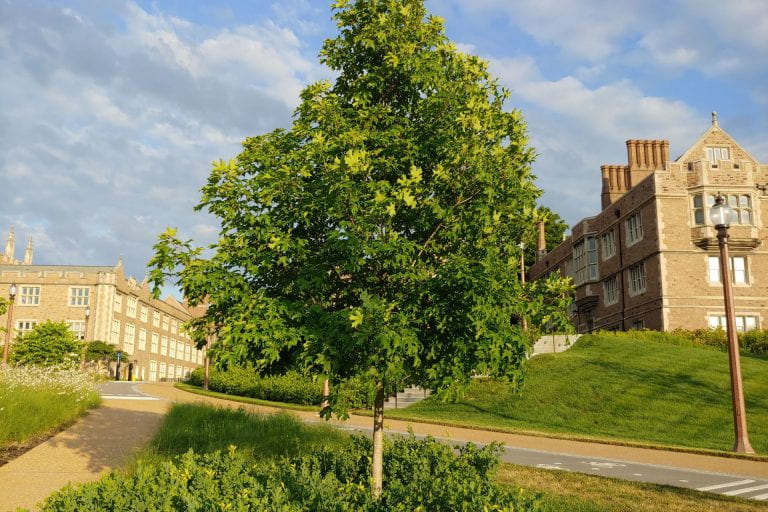
Sugar Maple
Arbor Walk #87, Treekeeper ID #5825
‘Bailsta’ is a cultivar of the Sugar Maple. It can grow to 50′ tall by 40′ wide, with a much wider, more rounded form than most Sugar Maples.
Sugar Maple
Arbor Walk #124
The ‘Monumentale’ cultivar incorporates a unique columnar shape to the Sugar Maple while still retaining its iconic leaves and fall colors.
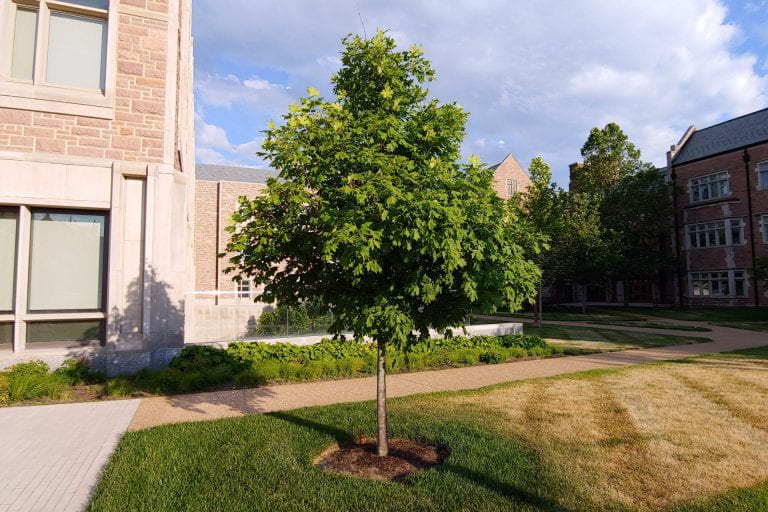
Sugar Maple ‘Caddo’
Arbor walk #98, Treekeeper ID #5652
This tree is in the Sapindaceae family and is one of the easiest and strongest maples to grow. Caddo Maples are native to southwestern Oklahoma and are resistant to heat and drought.
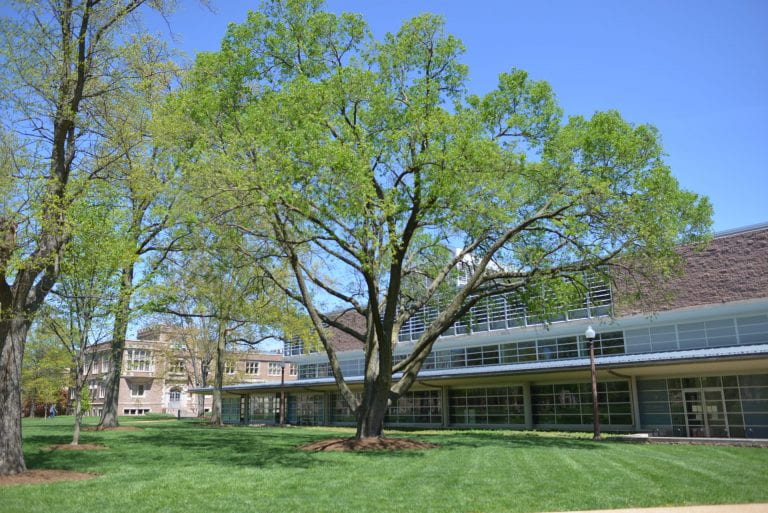
Sugarberry
Arbor Walk #29, Treekeeper ID #1658
This lovely mature tree has shaded the west side of Olin Library for generations of students but sadly came down in a storm in July 2023. The Sugarberry is known for its distinctive corky bark and edible berries.
Sugarberry
Arbor Walk #154
This tree was grown from a seedling descended from the previous Missouri state champion Sugarberry that lived in Kirkwood Park.
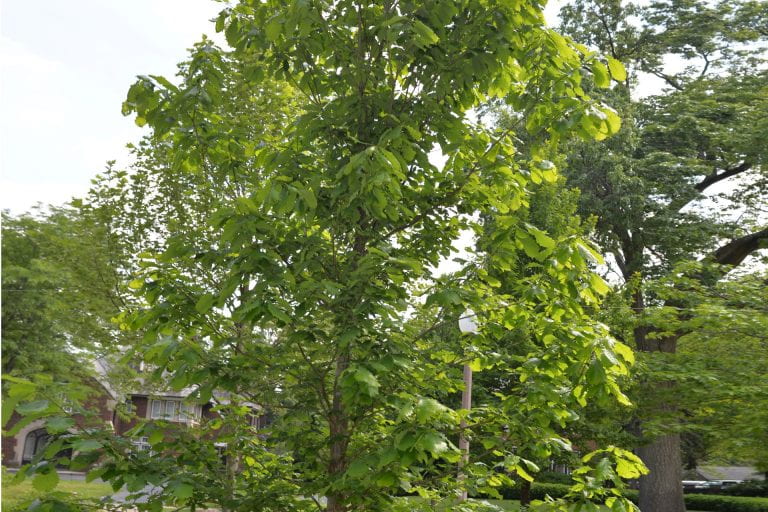
Swamp Chestnut Oak
Arbor walk #55, Treekeeper ID #7212
This shade tree is a Missouri native to floodplains. It produces acorns that, unlike most, can be eaten straight from the tree without needing to be boiled.
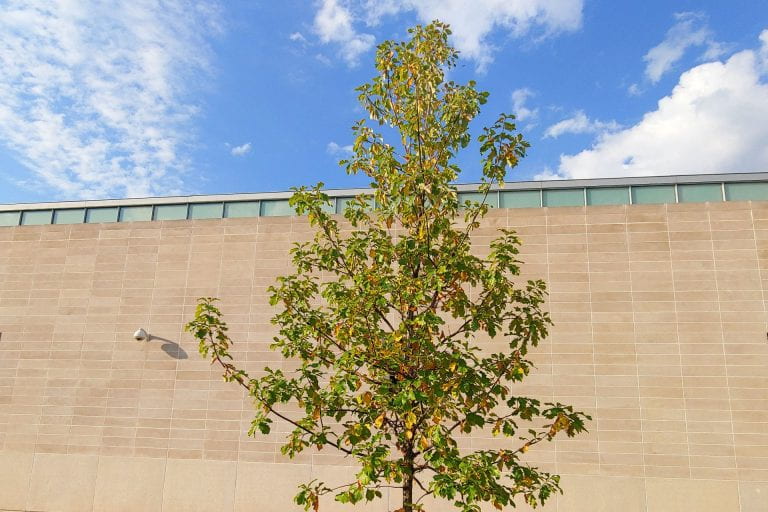
Swamp White Oak
Arbor Walk #105, Treekeeper ID #6088
Like its Latin name suggests, this native oak is recognizable for its dark green leaf and silvery-white underside. It is a deciduous tree with broad and rounded crown, which is good for shading.
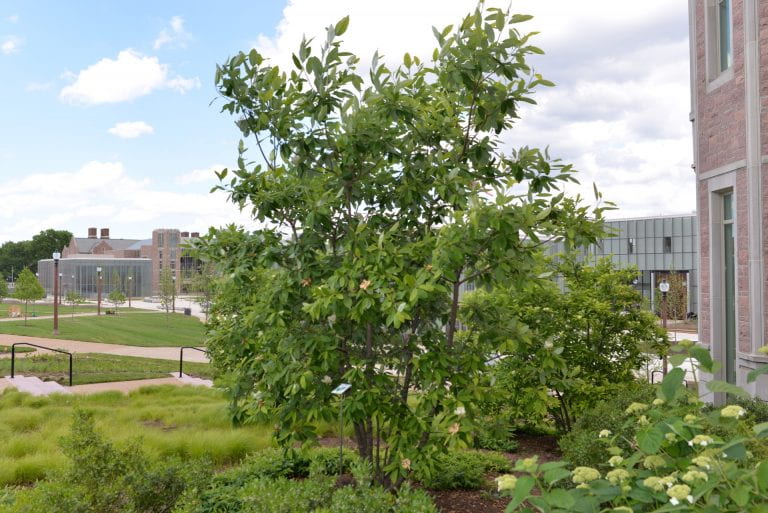
Sweetbay Magnolia
Arbor walk #57, Treekeeper ID #2063
Native to the Atlantic coast of the United States, the Sweetbay Magnolia MOONGLOW features creamy white flowers which bloom late spring and into summer, and are known for their sweet ‘lemony’ scent.
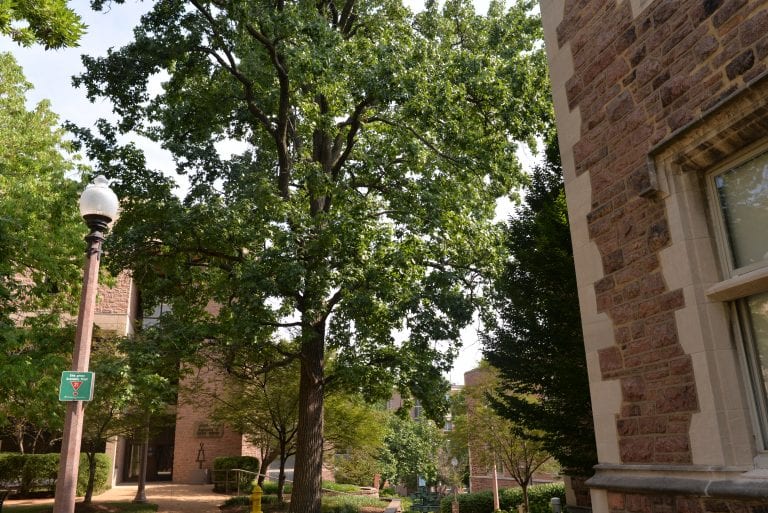
Sweetgum
Arbor Walk #15, Treekeeper ID #1439
This tree’s star shaped leaves provide great fall color. Its fruits are the spiky “gum balls” which can hang on the tree all winter.
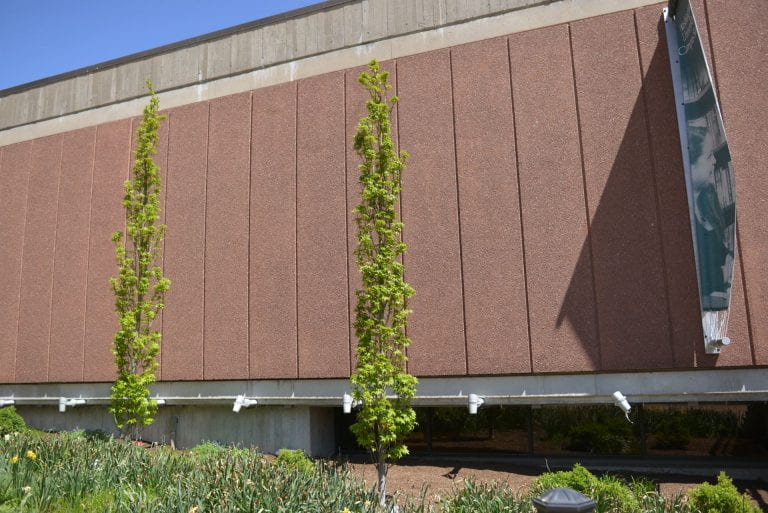
Sweetgum
Arbor walk #35, Treekeeper #2995
This low-maintenance deciduous shade tree is native to much of the Eastern US and in Southeast Missouri, usually in low, wet, woodland areas or along stream beds. It has a variety of human-use applications such as chewing gum, incense, perfume, and medicine.
Three-Flowered Maple
Arbor Walk #100, Treekeeper #6600
Three Flowered Maple is a small understory tree and grows to 30′ tall. Features of this tree include exfoliating bark and fall color of orange to red foliage.
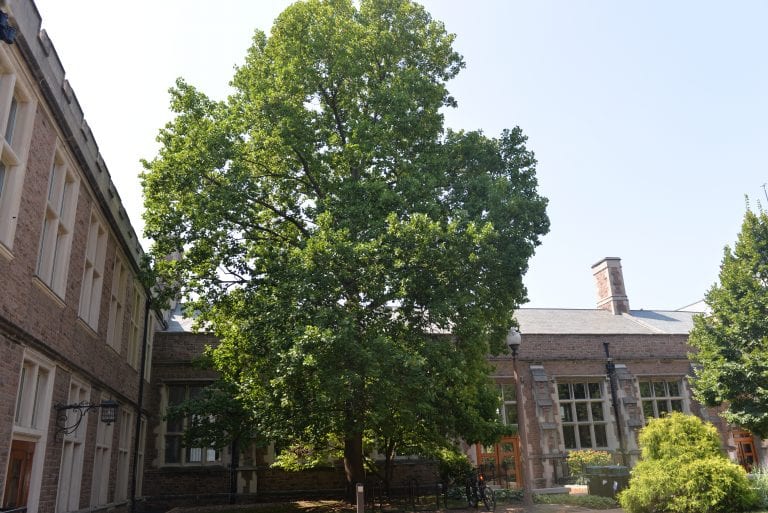
Tulip Poplar
Arbor Walk #13, Treekeeper ID #1888
This native tree’s common name comes from its flower that is shaped like a tulip. In 1991, WashU was given this tree as a seedling. It was grown from seed taken from the original Tulip Trees planted by George Washington in 1785 at his Mount Vernon home.
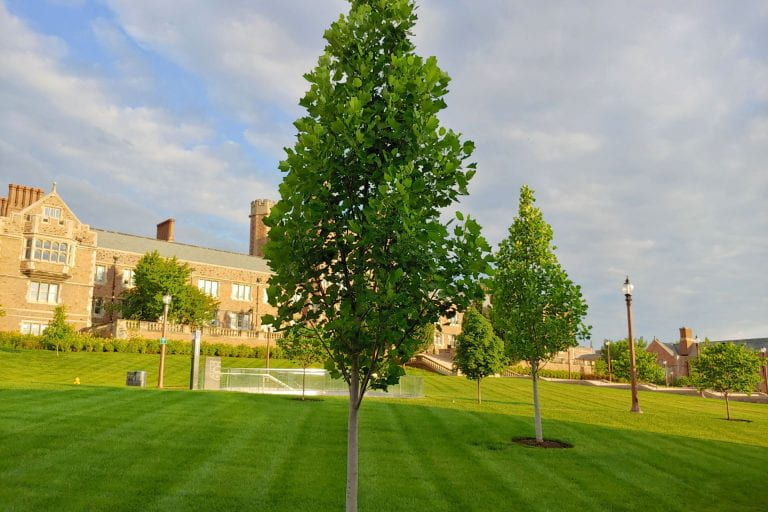
Tulip Tree
Arbor Walk #88, Treekeeper ID #5650
Emerald City® is a commercially developed cultivar of the Missouri native Tulip Tree. J. Frank Schmidt & Son Co. created the cultivar to be cold-tolerable and stand straight, making it suitable to city sized landscapes. The trees grow to be 55′ tall and 25′ wide. The foliage is an attractive glossy dark green. The trunk develops furrowed fissures as they reach maturity. Tree #88 was planted in a triad with two other Emerald City® Tulip trees.
Turkish Filbert
Arbor Walk #127
While not produced commercially, the Turkish Filbert produces edible nuts that can be eaten after roasting, and provides a dependable urban-tolerant shade tree.
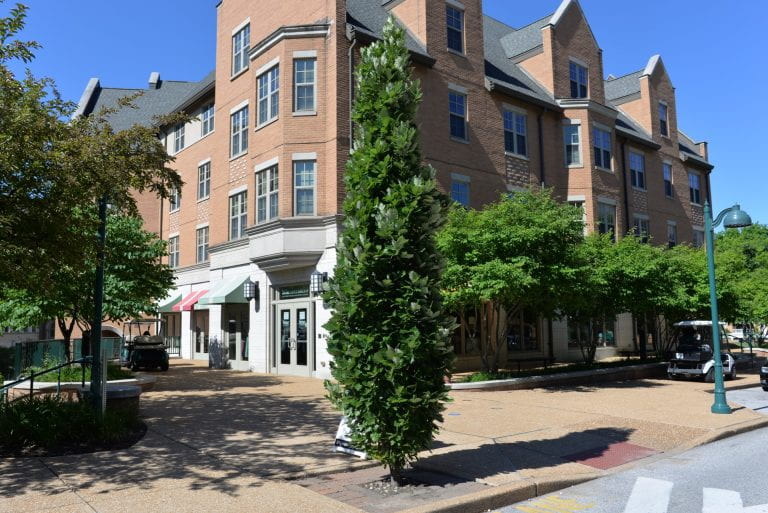
Ware’s Oak ‘Kindred Spirit’
Arbor Walk #79, TreeKeeper ID #2226
Selected from a batch of chance seedlings collected from the campus of University of Missouri Columbia, this cultivar is a cross between the English Oak and the Swamp White Oak. The tree grows to quite a large size with a distinct columnar form.
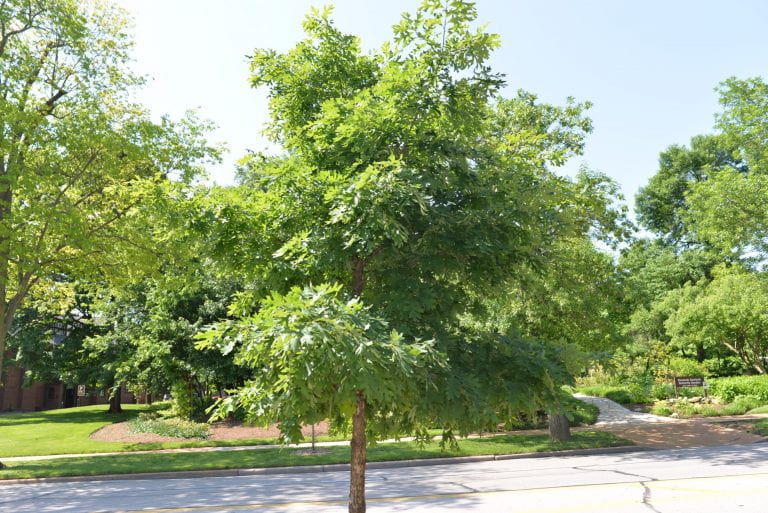
White Oak
Arbor Walk #43, Treekeeper ID #2690
The White Oak is one of the most ubiquitous trees in all of the eastern United States. The White Oak is the state tree of Illinois, Connecticut, and Maryland, and numerous trees along the East Coast have stood in towns or cities since before European occupation.
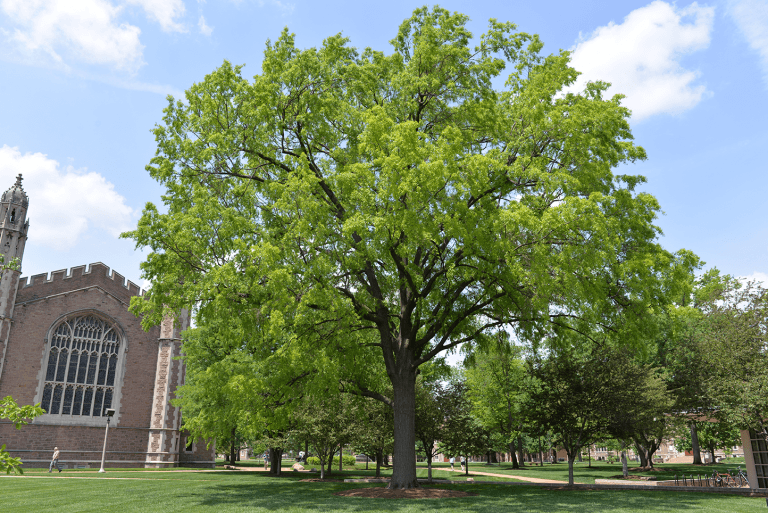
Willow Oak
Arbor Walk #22, Treekeeper ID #1513
This large native tree has a simple, small leaf, and a finer texture than most oak trees. It is considered a medium to large oak, can grow over 100 feet tall, and is native to the Southeastern portion of the United States, including Missouri.
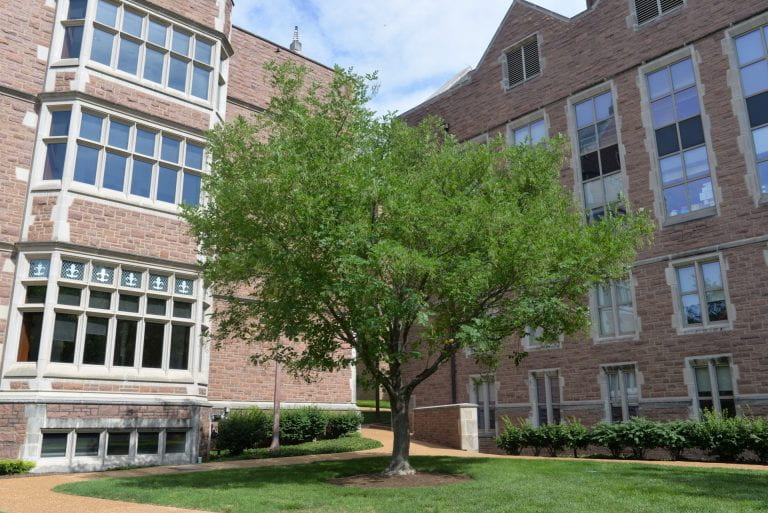
Yellowwood
Arbor Walk #21, Treekeeper ID #1882
This medium sized shade tree has panicles of sweet smelling flowers in early summer and brilliant yellow leaves in the fall.
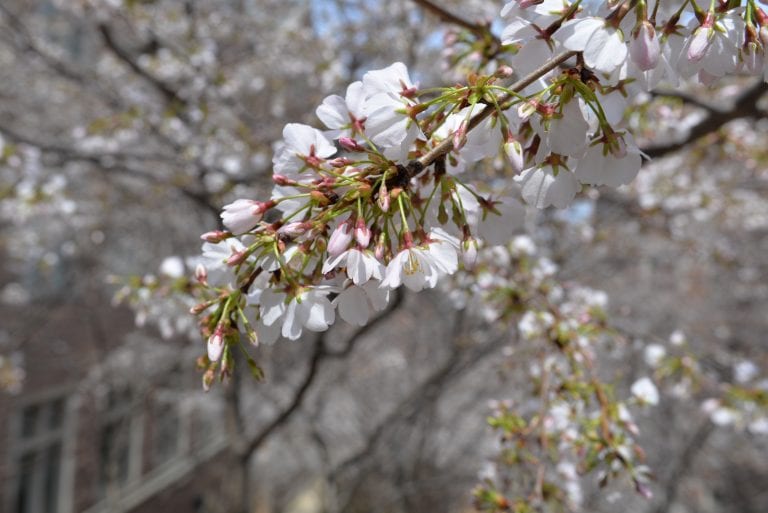
Yoshino Cherry
Arbor walk #4, Treekeeper ID #4302
The Yoshino Cherry is a beautiful tree with slightly fragrant, pinkish white flowers that appear in early spring. There are numerous Yoshino Cherry Trees that line the stairs by the Olin Law School that form an allée.